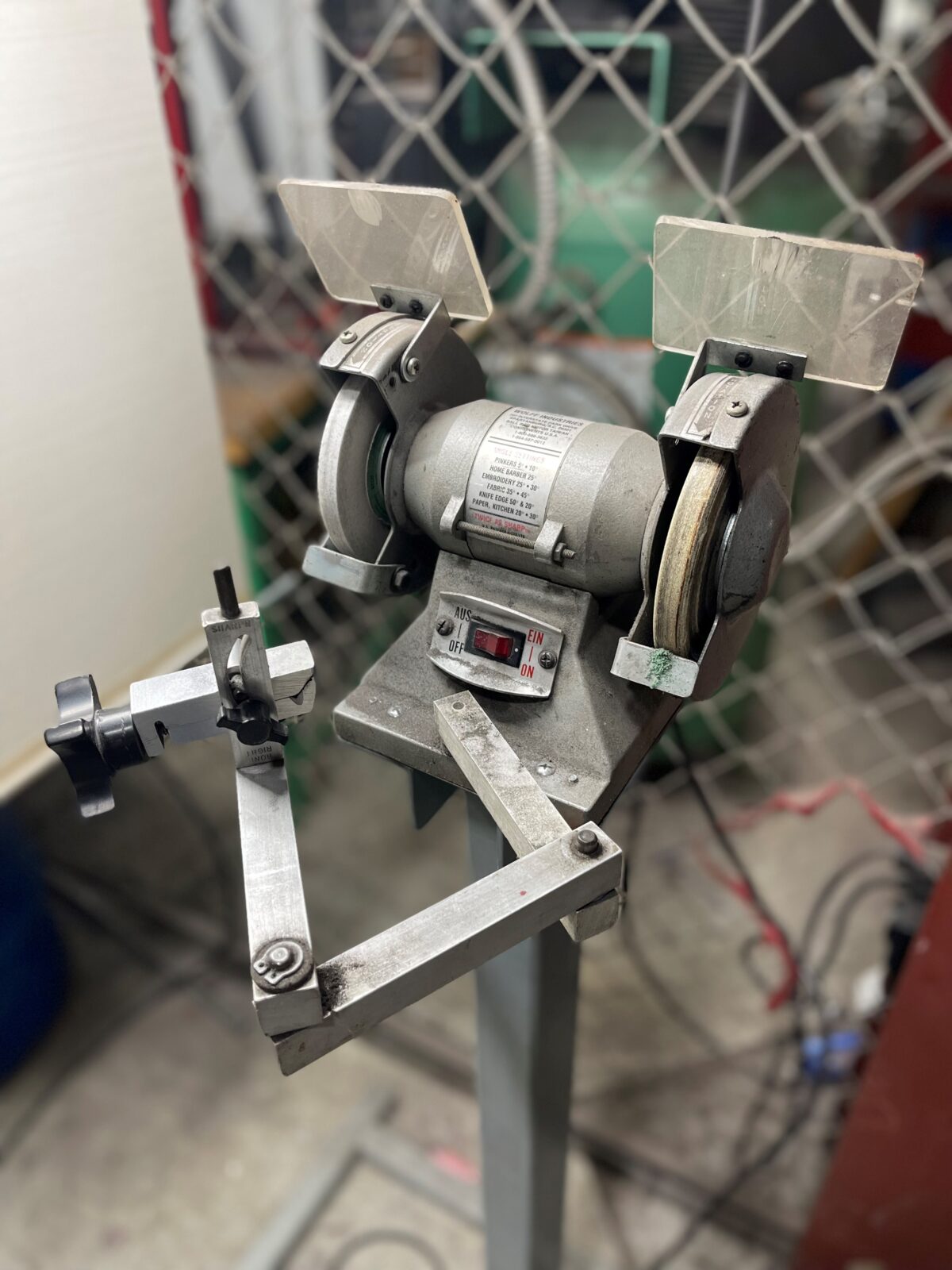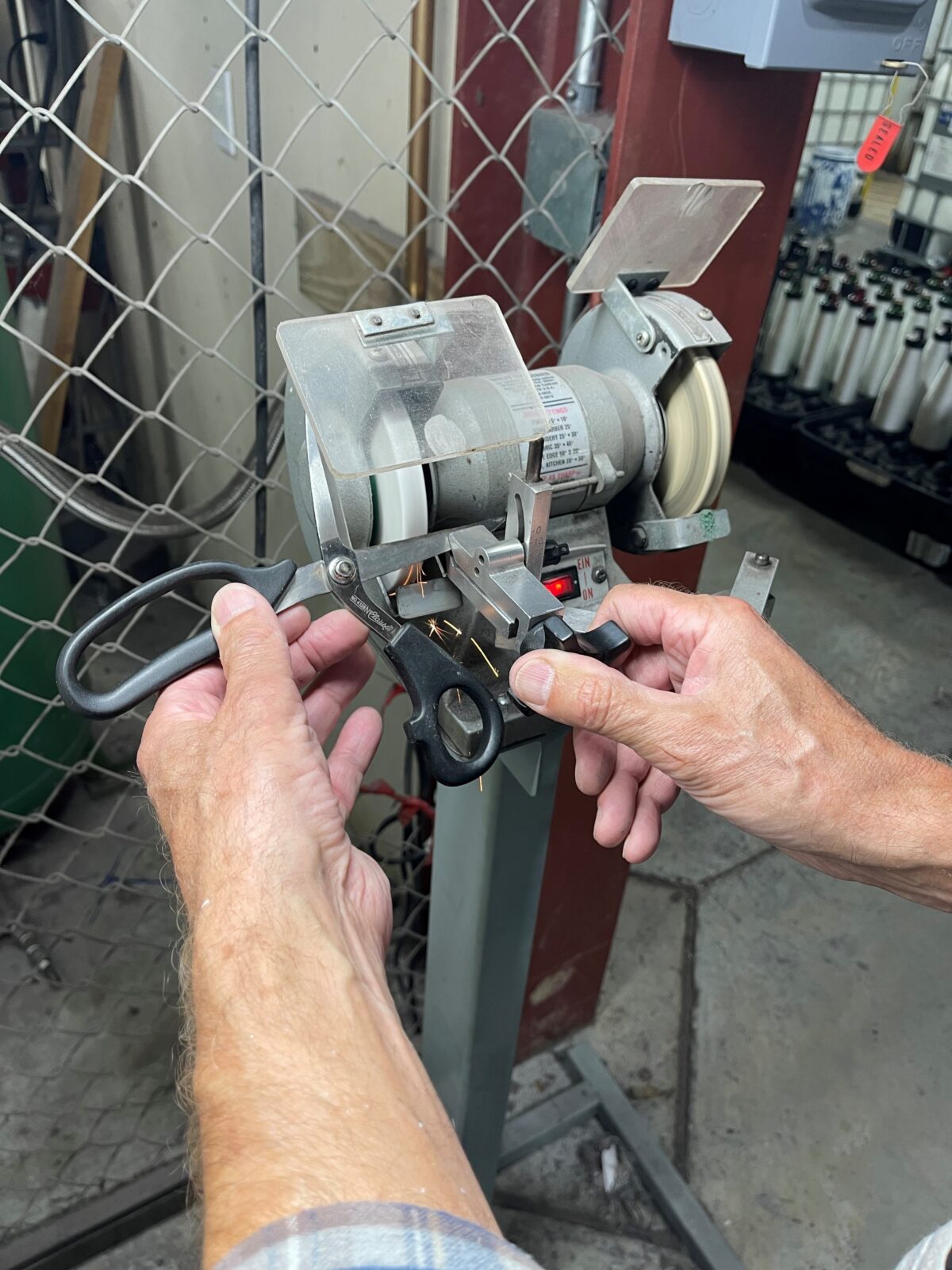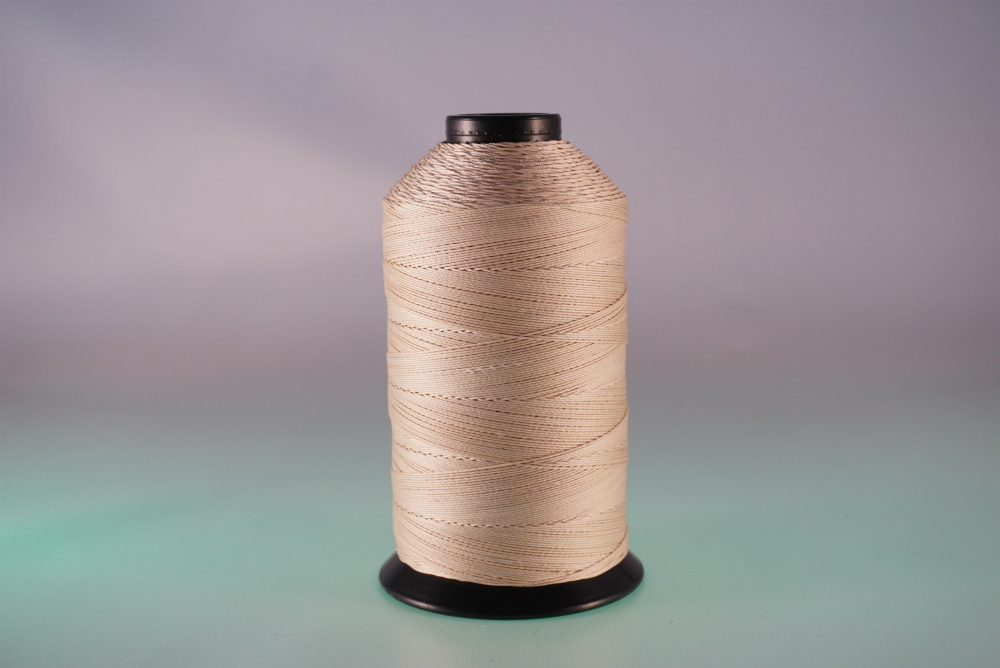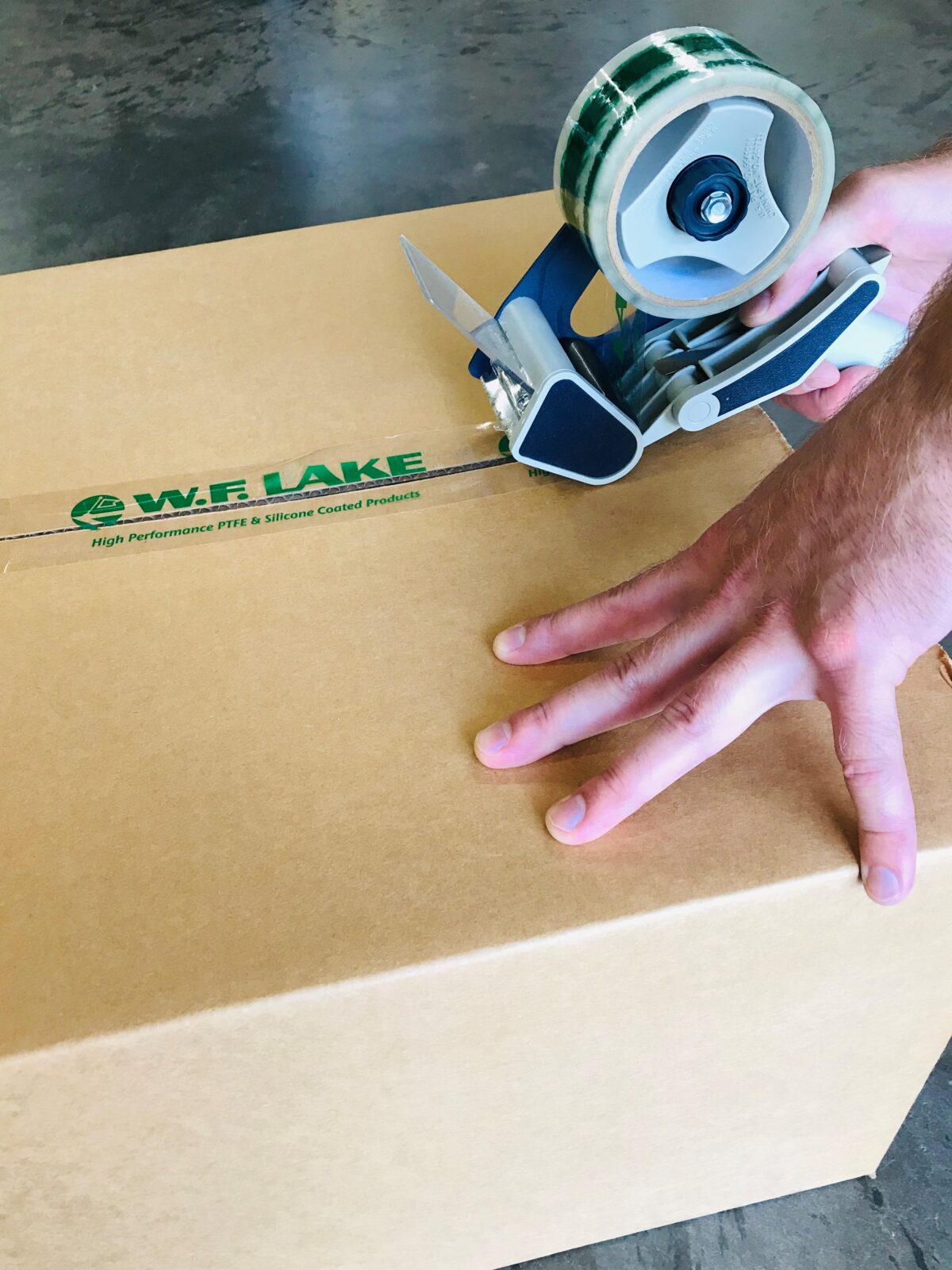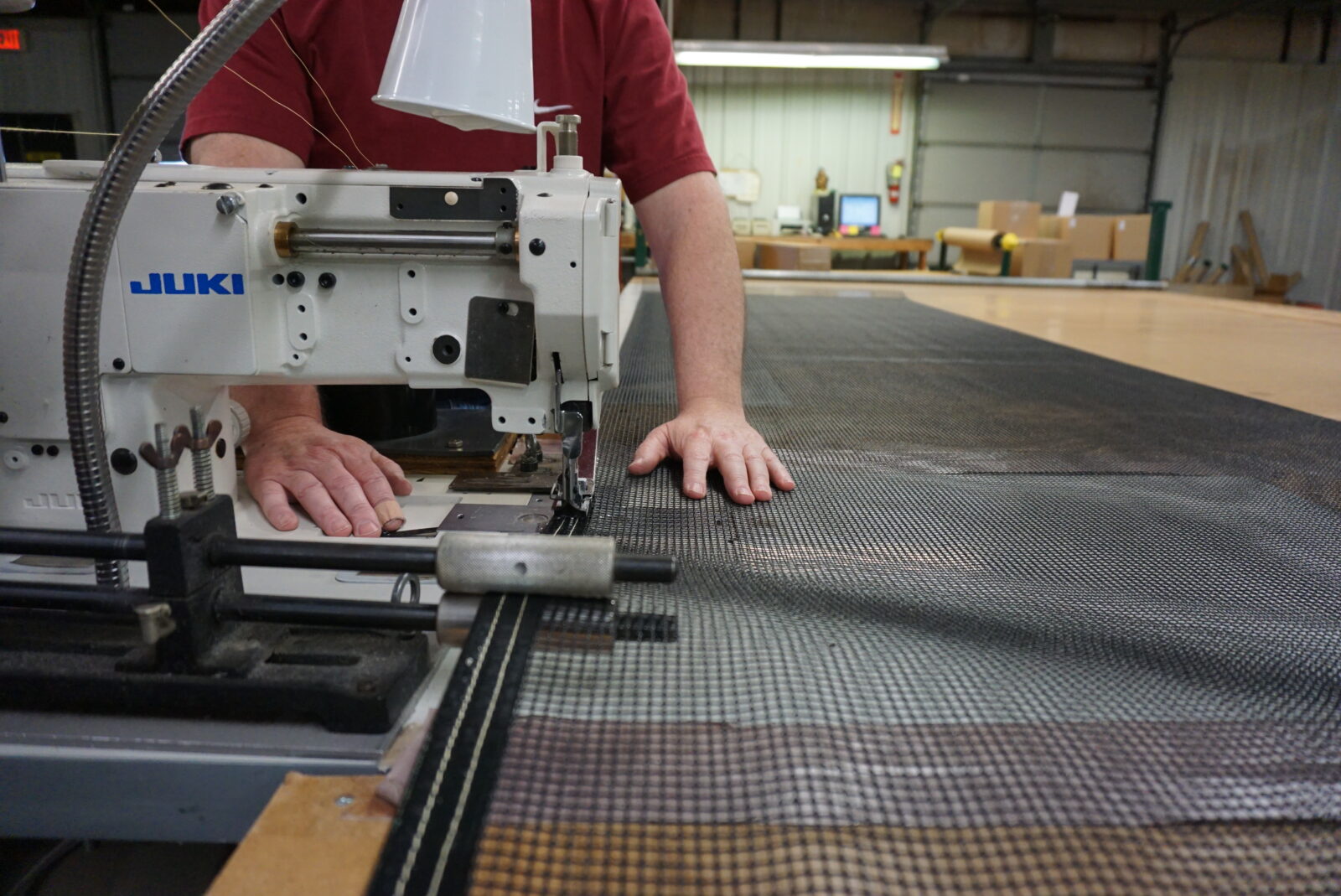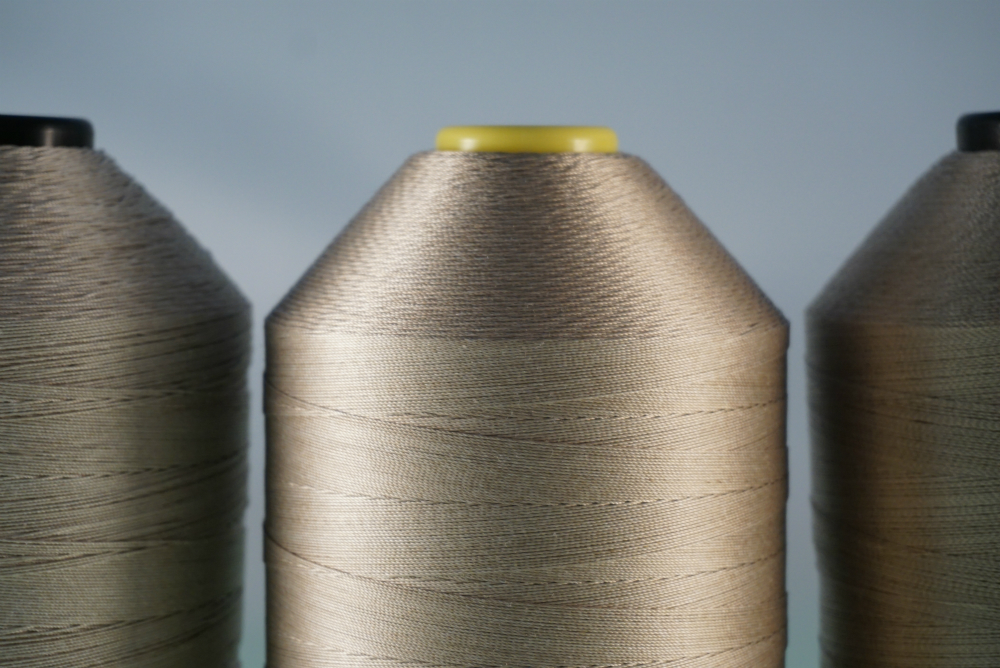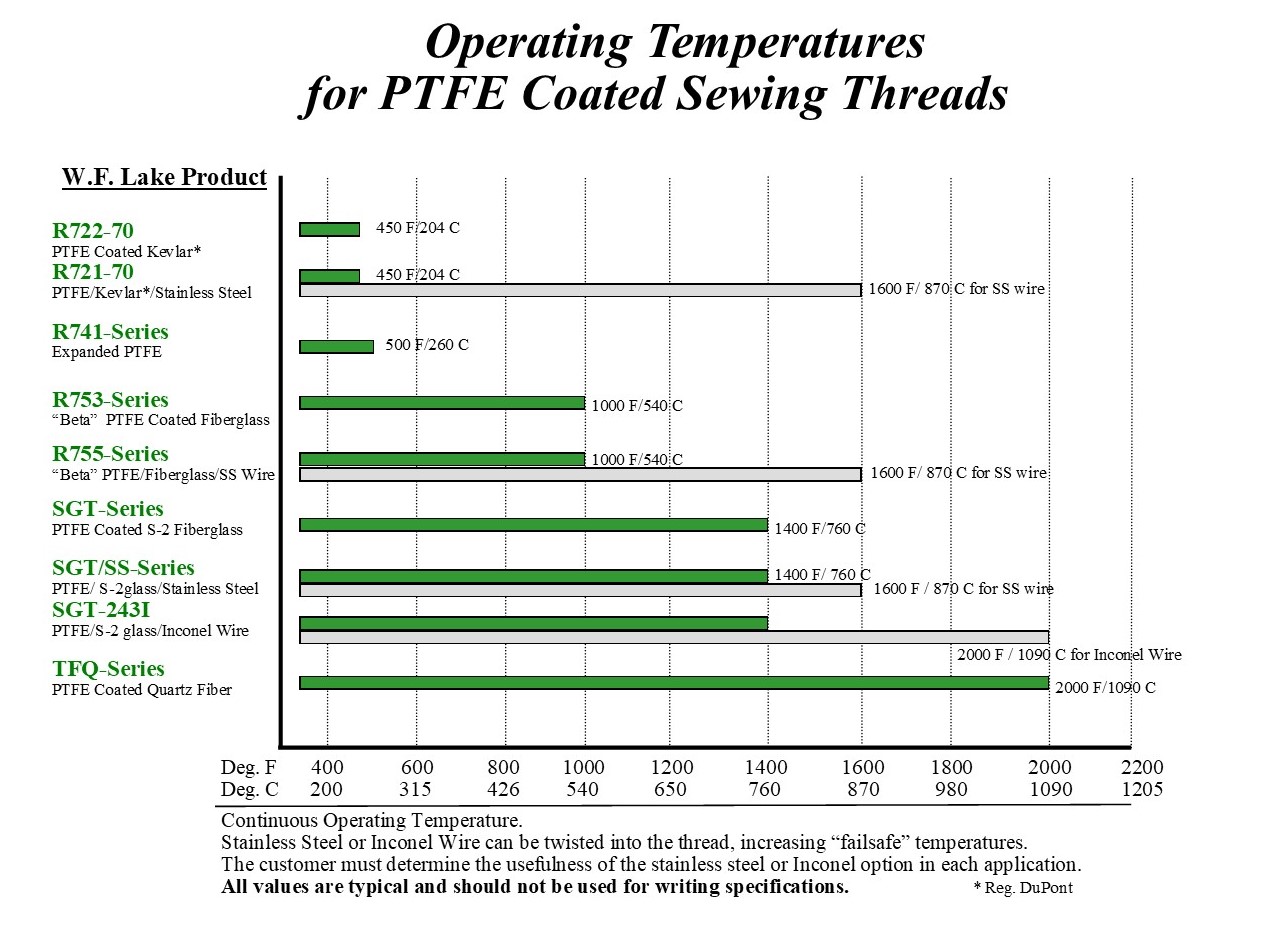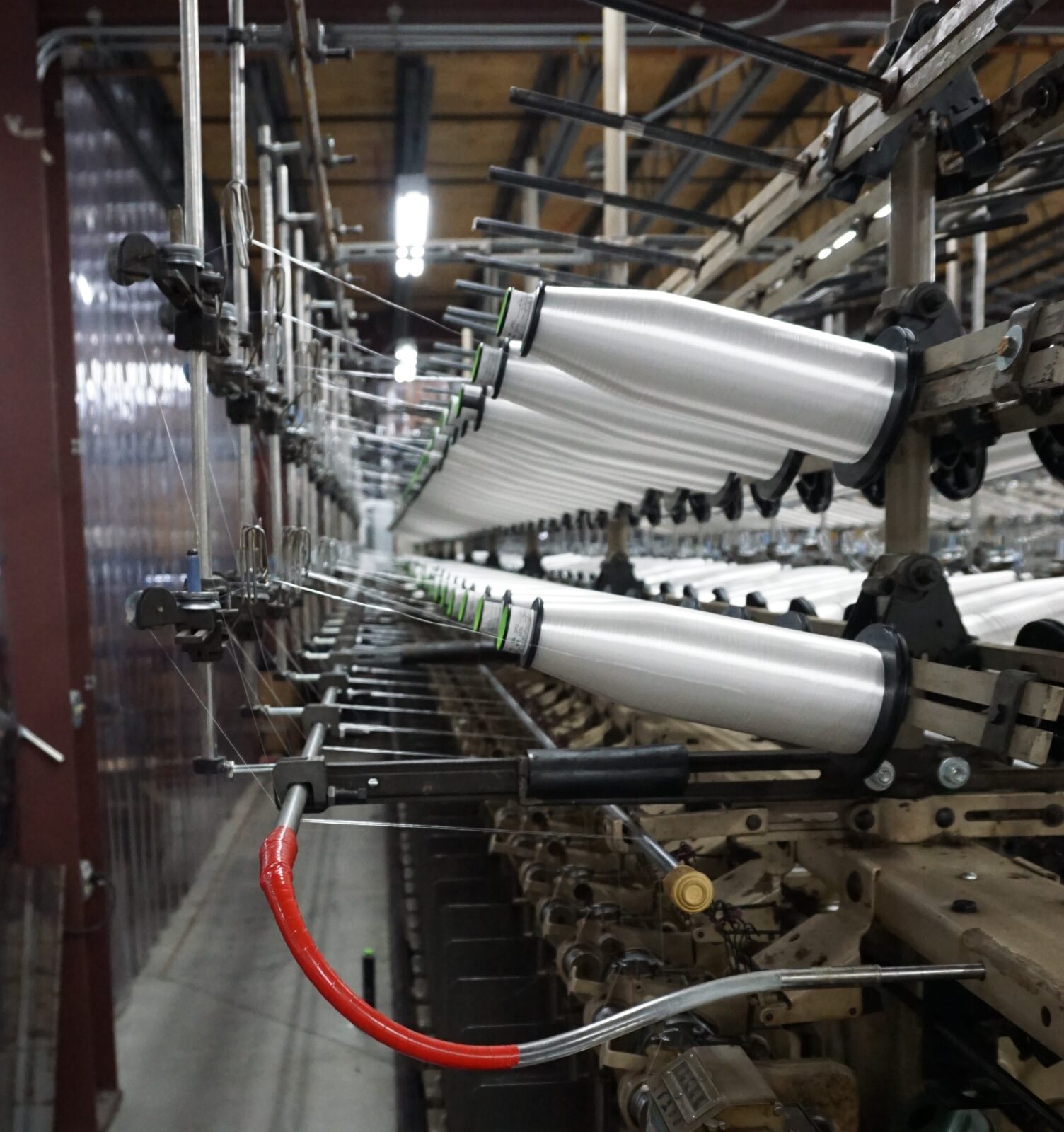
Many small manufacturers play key roles in supplying our most critical products, supporting mission critical and even safety critical applications. We’re proud to say that we here at W.F. Lake Corp. have been manufacturing “Made in the USA” mission critical products for over 30 years.
It is interesting to note that W.F. Lake Corp. was specifically identified as one of many small businesses that are critical suppliers of products to the U.S. Government for space related applications. Recently, we were contacted directly by the U.S. Department of Commerce / Bureau of Industry and Security in coordination with the U.S. Airforce, NASA, and the National Reconnaissance Office (NRO) to complete a survey (required by law) in assessment of supply chain sustainability across the defense, intelligence, civil and commercial space sectors… also known as the Defense Industrial Base Assessment, or the U.S. Space Industry “Deep Dive” Survey. The goal was to determine how robust the space sector is considering how many small businesses are involved in its success. We are pleased to have completed this in-depth survey advising that our portion of this critical supply chain is Made in the USA and is in good standing going forward as far into the future as anyone could see.
W.F. Lake Corp. manufactures high performance, PTFE coated fiberglass yarns, PTFE coated fiberglass sewing threads, PTFE coated fiberglass tie cords and lacing tapes used in a variety of industries including aerospace, defense, air filtration and plant / personal safety, among others. Our products are considered “mission critical” in that they are necessary for a successful outcome in virtually every environment they operate in. In many cases they are considered “safety critical” where failure may result in serious environmental damage, injury, or loss of life.
The impressive operating characteristics of PTFE coated fiberglass yarns, PTFE coated fiberglass sewing threads, tie cords and lacing tapes are why they are specified / approved for use by many aerospace and defense companies and even by NASA and the Marshall Space Flight Center itself. (Often with W.F. Lake Corp. as sole source of supply). The full list of specifications we meet is available here.
Applications include PTFE coated fiberglass yarns used to manufacture wire and cable products that perform critical engine control functions in commercial and military aircraft, operate de-icing boots, function as over braids on engine compartment wire harnesses, etc.. These same yarns are braided into PTFE coated fiberglass tie cords and lacing tapes that bundle wiring together inside airframes, tie insulation on spacecraft, insulate naval ship-board engines and drives, etc…
PTFE coated fiberglass sewing threads and PTFE coated fiberglass draw cords are also used in other industries for mission critical applications, including fabrication of safety spray shields in chemical processing plants, flu-gas filtration media and high temperature insulation jackets to both conserve energy and protect personnel from exposure to extreme temperature or chemicals.
W.F. Lake Corp. products have been performing flawlessly in these mission-critical applications for over 30 years. We take pride in the fact that we support some of the most critical aerospace / defense and safety sectors in the Country (and beyond). We are continuously working with customers and vendors to improve performance and safety, and possibly reduce costs, but other than minor “tweaks”, we always come back to the proven solution in these most critical applications, that is, PTFE coated fiberglass. When lives are on the line, changing from known solutions is never taken lightly. PTFE coated fiberglass is often the best and only option available in these most critical applications. Our team, along with our vendors and customers, is proud to offer solutions to the most challenging applications in the world.

